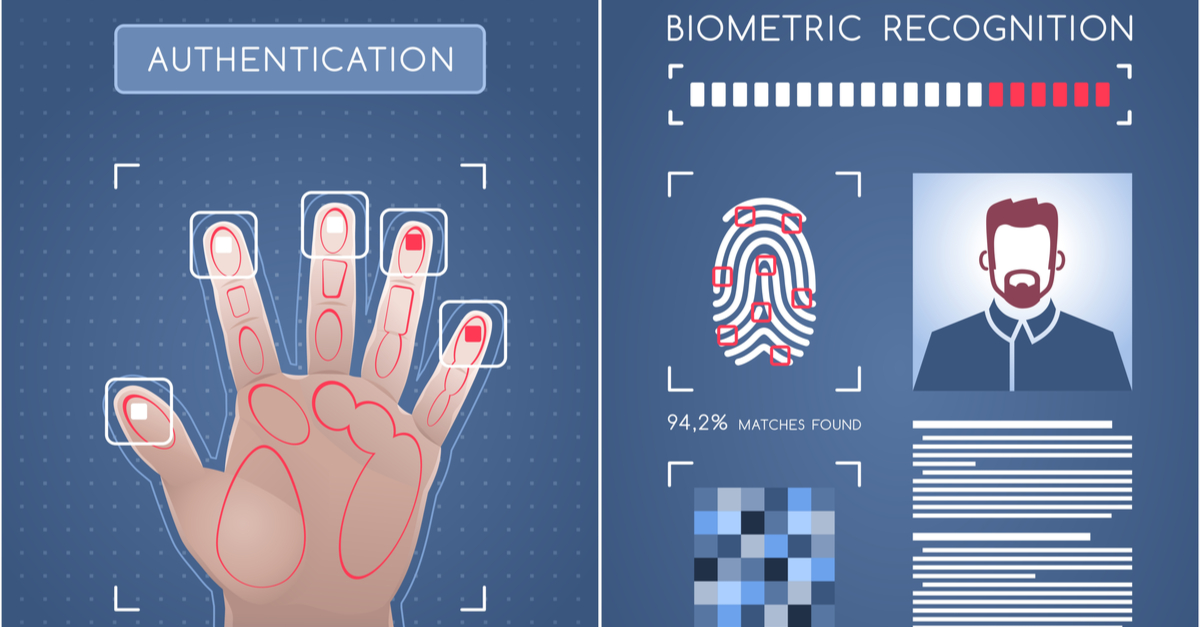Estimated reading time: 2 minutes
 Biometrics can identify and authenticate patients and employees by detecting unique biological information. In doing so administrators can ultimately store better evidence of records and in return, reduce overall errors, while in the hospital. The collection of EHR systems and the growth of health statistics and information put high value on the speed and efficiency that comes from biometric systems. Biometrics can employ sensors that are way more sensitive than regular tools and fingerprinting technologies. This advancement can record and recognize data without even touching a patient’s finger.
Biometrics can identify and authenticate patients and employees by detecting unique biological information. In doing so administrators can ultimately store better evidence of records and in return, reduce overall errors, while in the hospital. The collection of EHR systems and the growth of health statistics and information put high value on the speed and efficiency that comes from biometric systems. Biometrics can employ sensors that are way more sensitive than regular tools and fingerprinting technologies. This advancement can record and recognize data without even touching a patient’s finger.
It’s all in the Eyes… and the Face
Biometrics can improve workflow, reduce the presence of medical record duplicates, and help patients feel known throughout the health system, allowing a more personalized sense of being. This software is able to record biometric data from both facial features and eyes, but also verbal and voice sounds. Facial recognition scanners are able to assist with patient registration, cutting down on those wait times, and also reduce fraudulent activity in the meantime. There is much more to biometrics, than just unlocking smartphones, for this features drives advances in many ways.
Patient Matching is Ideal
Matching patients to their records perfectly is a growing challenge that hospitals and clinics find themselves dealing with. Common and similarly spelled names are a huge part of the difficulty. Names and addresses aren’t always updated if they are to change. Due to human error, patient information can also be entered incorrectly into the database, as well.
This can lead directly into situations where registration staff members don’t realize a person’s records are already logged into the system, just take specific allergies and medication records into account.  The 1996 Health Insurance Portability and Accountability Act (HIPAA) promotes the creation of national standards to protect sensitive health information from being disclosed without patients’ consent. HIPAA helps to ensure that an individual’s health information is properly recorded and protected while allowing for the flow of information when needed.
The 1996 Health Insurance Portability and Accountability Act (HIPAA) promotes the creation of national standards to protect sensitive health information from being disclosed without patients’ consent. HIPAA helps to ensure that an individual’s health information is properly recorded and protected while allowing for the flow of information when needed.
Biometrics helped the system with drug abusers in particular as well, especially when it comes to marking identification. Previously registered patients who get transported to the ER are able to get identified, especially for all of those Jane and John Doe’s out there who don’t have means of acknowledging who they are.
The Best of the Best Customer Service
 When it comes to the patient experience, biometrics can definitely improve how patients perceive those initial interactions with check-in staff. Sometimes patients will refuse to submit to biometric screenings, but policies can be put into place so that other methods could be used to confirm a patient’s ID.
When it comes to the patient experience, biometrics can definitely improve how patients perceive those initial interactions with check-in staff. Sometimes patients will refuse to submit to biometric screenings, but policies can be put into place so that other methods could be used to confirm a patient’s ID.
To claim the ability to go mobile with your biometric capabilities, it might be difficult at times. The technical standards for implementing these features in the law enforcement fields, but are still struggling to be rolled out in healthcare. There is a future in matching patients to their EHRs, though it may take awhile to gain that growing acceptance.
Outside of the healthcare realm, there are several industries that are already pushing biometric systems in their world. To learn more about how Biometric technologies can impact neighboring industries be sure to read more here.

